All Resources
-
Seed-to-Sale Tracking Compliance By State
Updated August 26th, 2025
-
How Much Does ERP Cost?
Updated July 28th, 2025
-
What Are Variance Reports?
Updated October 2nd, 2024
-
Power BI Dashboards: 10 Examples and Best Practices
Updated September 25th, 2024

10 ERP Software Trends to Watch in 2024
ERP trends include: 1. AI features 2. Cloud model dominance 3. IoT integration 4. Expanded mobile access 5. Adoption of microservices 6. Two-tier ERP implementation

Integrating ERP and BI: Benefits and Key Differences
ERP and specialized BI can help decision-makers get the real-time information they need to improve business performance. Improve your ERP with BI tools.

The Challenges of Legacy ERP vs. Modern ERP Systems
Legacy ERPs are old systems that have become obsolete and provide challenges to businesses, such as outdated tech compared to modern ERP solutions.

Developing a Successful ERP Reporting Strategy
An ERP reporting strategy can be used as a roadmap for businesses to effectively use data stored in their ERP system for predictions, budgets, and KPI tracking.

Is QuickBooks an ERP System? A Comprehensive Comparison
Is QuickBooks an ERP system? The answer is no, since it only offers accounting capabilities. Explore the key differences between QuickBooks and ERP systems.

The Software Selection Process (One-Month Timeline)
Follow this week-by-week software selection process guide to choose a new business software in only one month by first identifying the scope and assigning a team.

What Is Contract Manufacturing? Types and Examples
Contract manufacturing is a model where a client outsources product parts or components to another company. Learn more about what contract manufacturing entails, the types of contract manufacturing, and some examples.
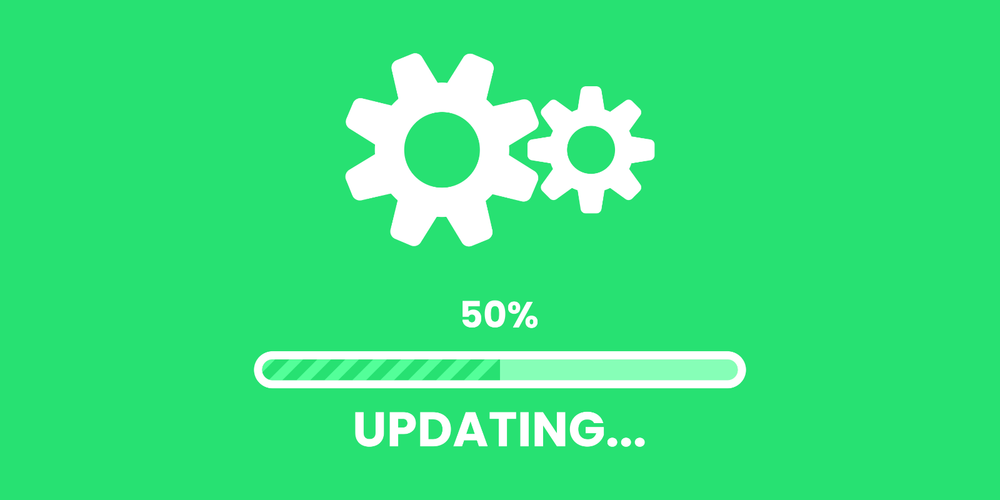
Deciding When to Replace or Upgrade Your ERP Software
An ERP upgrade updates your current software to a newer version from the same vendor, while a replacement swaps your software for a new system, often from a different vendor.

What is Additive Manufacturing? Definition, Types, and Trends
Additive manufacturing is the process of creating 3D objects and designs by adding layers atop layers of material. It is commonly referred to as 3D Printing.

ERP vs. MRP Systems: What Are the Key Differences?
Discover the key differences between ERP and MRP systems and which resource planning software is right for your business operations. Get expert insights now!

Managing Multiple ERP Systems: Benefits and Challenges
Streamline operations with our guide on managing multiple ERP systems. Discover the benefits, challenges, and best practices to optimize your business software framework.

What Are The Core Goals and Objectives of ERP?
The main objectives of an ERP system are 1. Centralizing and streamlining data and 2. Optimizing business processes to increase ROI.
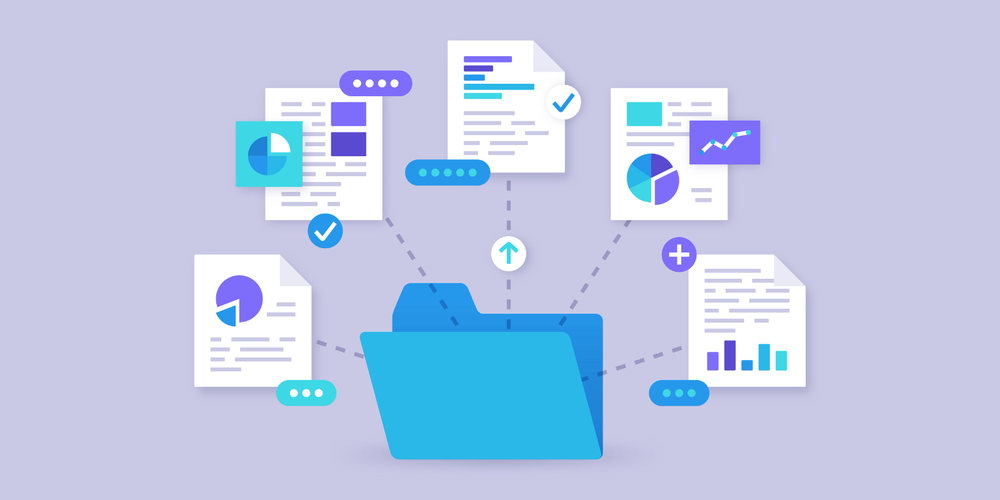
Why ERP Systems are Important for Your Business
Explore why ERP systems are crucial for business growth, offering improved efficiency, real-time data visibility, and enhanced customer service. Find top ERP software examples.

ERP Modules Explained
Important ERP modules: Finance, Procurement, Inventory, Supply Chain, Customer Relationship Management, and Human Resources. Learn more about their benefits.
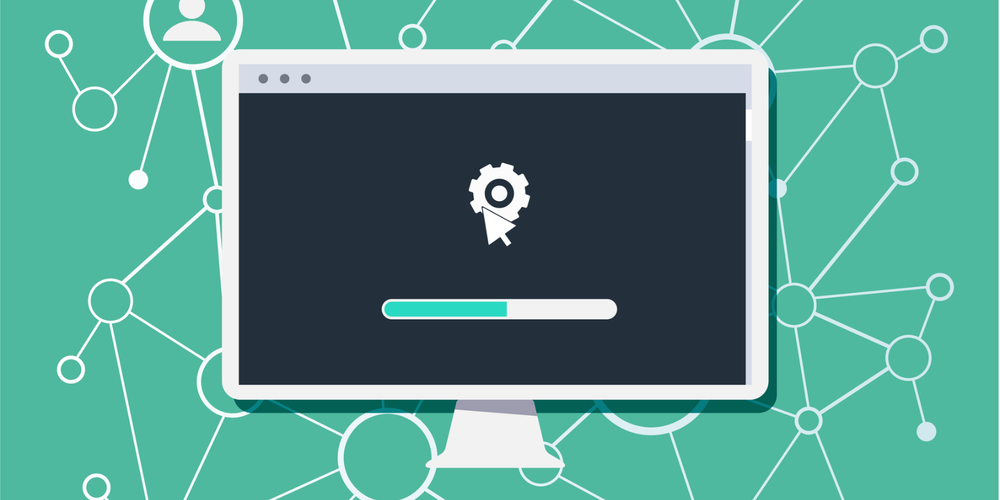
How to Install ERP Software
Installing an enterprise resource planning software at your business can provide a lot of benefits by automating workflows. Here are some ways to smooth out the process.

How Much Does a CMMS Cost?
Entry-level CMMS software costs $29-$79/user/month, while subscription-based CMMS onboarding spans $600-$2,500 in upfront expenses. View our top picks based on price and features.

Study: When Will American Workers Burn Out in 2024?
We surveyed 3,000 American professionals. Our results reveal surprising trends across various industries and regions. Learn more today!

ERP vs. Accounting Software: Differences Explained
The main difference between ERP and accounting software is accounting only handles financials, while an ERP manages all business functions and operations.
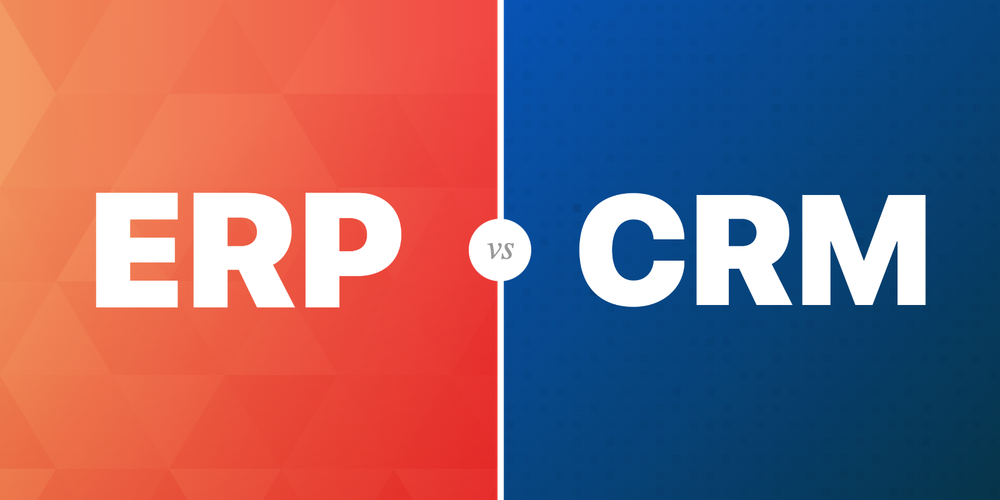
ERP vs. CRM: What's The Difference?
The very short version is: ERP covers primarily financial processes while CRM is focused on external customer communication. Find out which your business needs.

What is the Maintenance Process for an ERP System: 4 Key Steps
Regular ERP software maintenance ensures system reliability, improved performance, and data integrity. Here are the 4 best practices for maintaining an ERP system.

ERP ROI Analysis: Pros, Cons, How to Calculate
Evaluate ERP ROI: Discover pros, cons, and calculation methods to justify your ERP investment. Learn to maximize returns and overcome challenges for business success.

The 3 Tiers of ERP Explained: Definition and Examples
Based primarily on client size and software scope, there are three tiers: Tier 1 for enterprises, Tier 2 for mid-sized companies, and Tier 3 for smaller businesses.

How to Build an ERP Business Case
Craft a compelling ERP business case with our guide and template. Learn to justify costs, assess risks, and align your strategy to gain stakeholder approval.

Understanding the Different Types of ERP Systems
Explore ERP systems: generic vs. industry-specific, cloud vs. on-premises, custom-built vs. off-the-shelf, and by business size, to make informed business decisions.

Understanding Dropshipping and How To Get Started
Dropshipping is where a retailer relies on a third-party supplier for inventory and order fulfillment. Find out how you can leverage this model for your store.

Guide To Calculating Fixed Asset Depreciation
Depreciation is an accounting practice of allocating the cost of an asset over its useful life. Explore different calculation methods and which to choose.

The Importance of Quality Control in Manufacturing
Quality control is a set of procedures that ensures mass-produced goods meet predefined quality standards. Learn QC benefits, methods, and its role in quality management.
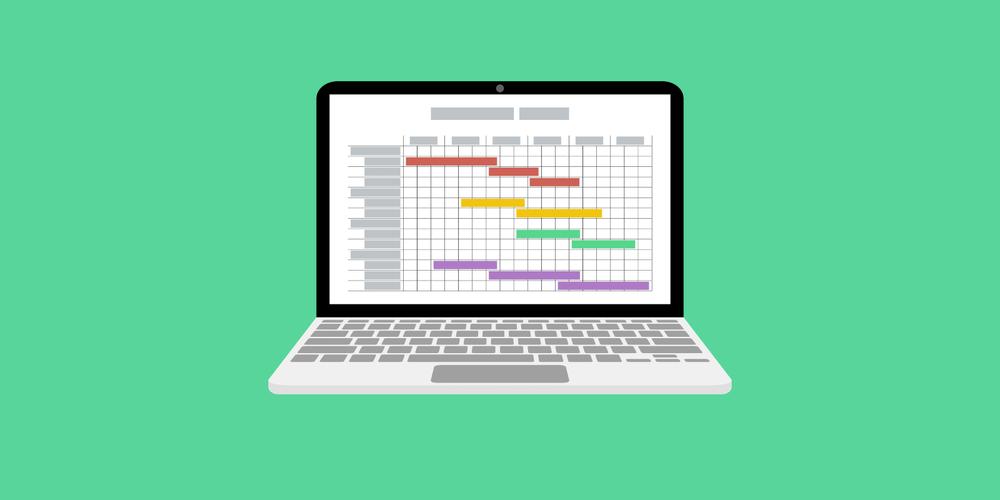
What is a Master Production Schedule?
A master production schedule is a plan manufacturers use to determine product types, quantities, and output. Learn how to prepare an MPS, view examples, and download templates.

What Is Software Testing?
Software testing is the process of assessing a software application to evaluate its functionality and verify that it meets user expectations. Review common types and techniques.

What Is Rough-Cut Capacity Planning?
Rough-cut capacity planning (RCCP) helps manufacturers determine whether they have the necessary labor and raw materials—or capacity—to meet planned production.

MRP vs. MPS: What’s the Difference?
A master production schedule (MPS) is a plan based on independent demand, and MRP determines production based on dependent demand. Read on for definitions, examples, and diagrams.

50 ERP Statistics
Software Connect has collected over 50 ERP statistics you need to know to fully understand the potential benefits, costs, and drawbacks.

Study: Construction Technology Trends
We surveyed 158 construction businesses and shared the results in our 2018 construction technology trends report. Find out how contractors are investing in the future.

What is ERP and How Do ERP Systems Work?
Most workplaces depend on an ERP to handle all sorts of business processes. Yet what exactly is ERP? Find out how an ERP system can help your business flourish.

Fundraising Technology Trends Study
How are today's most successful fundraisers using technology to succeed? Find out how software, communication channel, and payment acceptance decisions impact fundraising success.

ERP Market Share, Size, and Trends Report
Gain insights into the 2023 ERP market with our comprehensive report covering market size, growth trends, and leading vendors like Microsoft, SAP, Oracle, and more.

What is Hybrid ERP?
Hybrid ERP is the combination of an on-premise ERP and cloud-based systems to have both server-based and cloud functionality.

What is MRO Inventory?
Maintenance, Repair, and Operations (MRO) inventory refers to all items necessary for maintenance work and day-to-day operations.

How Do Dispensaries Get Their Weed?
Marijuana dispensaries buy their weed from commercial cannabis growers or they grow it themselves.

5 Benefits of Green Building Construction
Sustainable construction reduces waste, lowers maintenance costs, preserves the environment, increases resale value, and lowers the risk of exposure to toxins.

Takt Time vs. Cycle Time vs. Lead Time: The Differences Explained
Takt time is the rate needed to meet demand, cycle time is the time it takes to produce one unit, and lead time is the time from order placement to delivery.

Study: Warehouse Management Software Buyer Trends
We surveyed 116 WMS software buyers over the last two years to find common requirements, preferences, needs, and pain points. Includes results for 3PL providers as well.

The Manufacturing Jobs of the Future
America’s manufacturing workforce is moving through a major transformation—and adaptation is needed in order to survive. Read the article for a deep dive into US manufacturing past, present, and future.

Tools of the Modern Manufacturer
An analyzed survey of 158 SMB manufacturers about their current technology landscape, software trends, and plans for investments by 2020.

Order to Cash Process: Understanding O2C
Order to cash (O2C or OTC) is how your business deals with customer orders. Discover the steps of the OTC cycle to improve your operations.

What are Flexible Manufacturing Systems and How Can You Use Them?
Flexible manufacturing systems (FMS) are designed to allow manufacturers to make sudden changes to production plans. Learn how FMS modernizes manufacturing methods.

The CFO's Guide to Bitcoin, Part 2: Taxes and Accounting
Bitcoin accounting has been described as a nightmare. Is it?

Fund Accounting Software Buyer Trends
We sampled 516 fund accounting software buyers over the past two years. We analyzed their responses for motivations, requirements, and trends.

MRP Software Buyer Trends
We reviewed a random sample of MRP software buyers in the past year to find popular trends and changes. Check out the most common needs and products for MRP software buyers.

The 4 Dimensions of ERP Software Scalability
Where will your company be in one year? How about three or five or ten? Find out how to prepare for whatever changes you encounter by figuring scalability into your ERP software decision.
